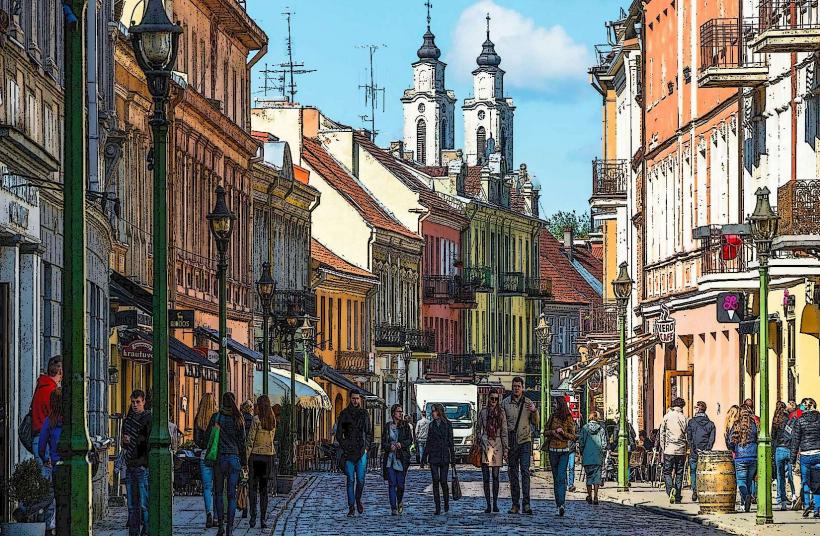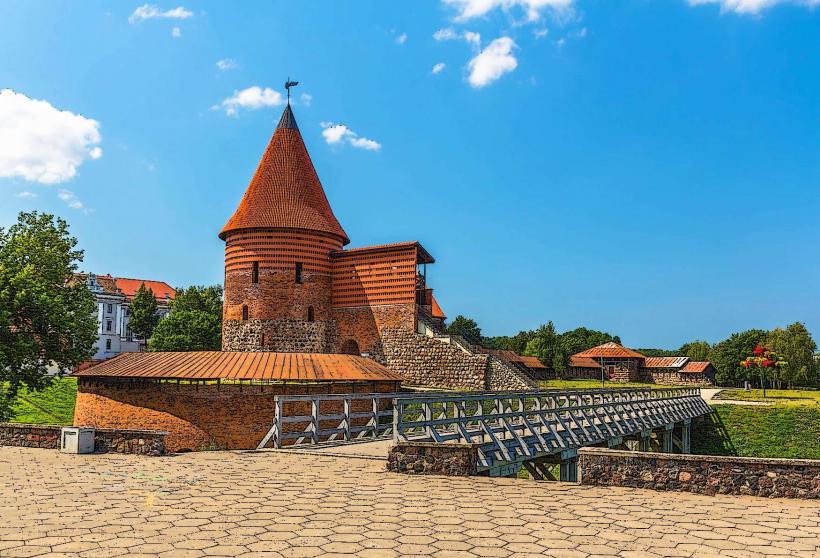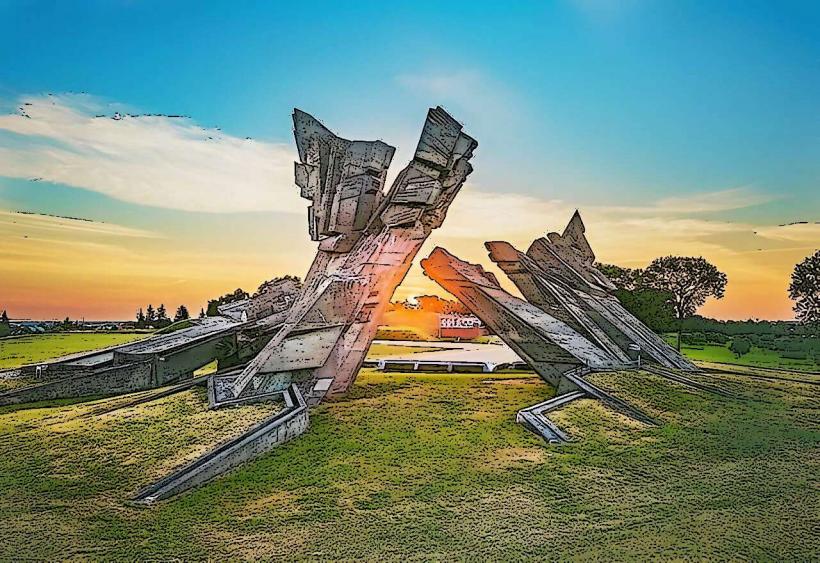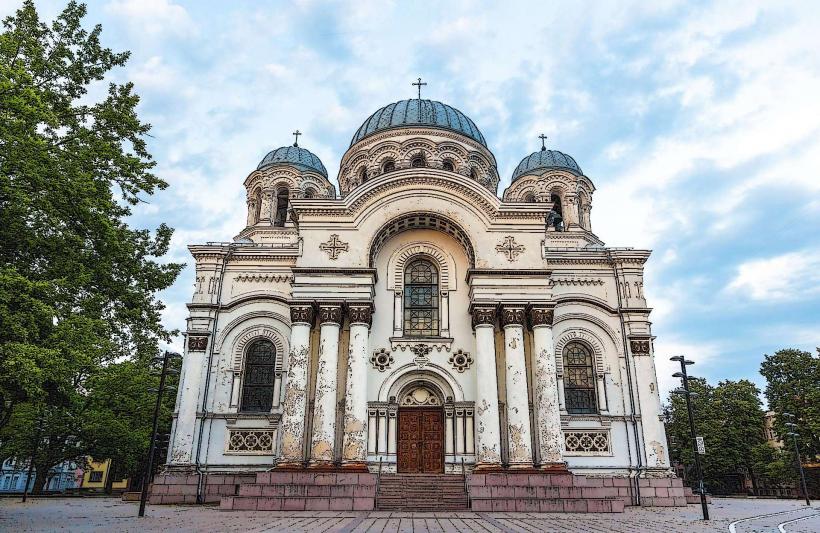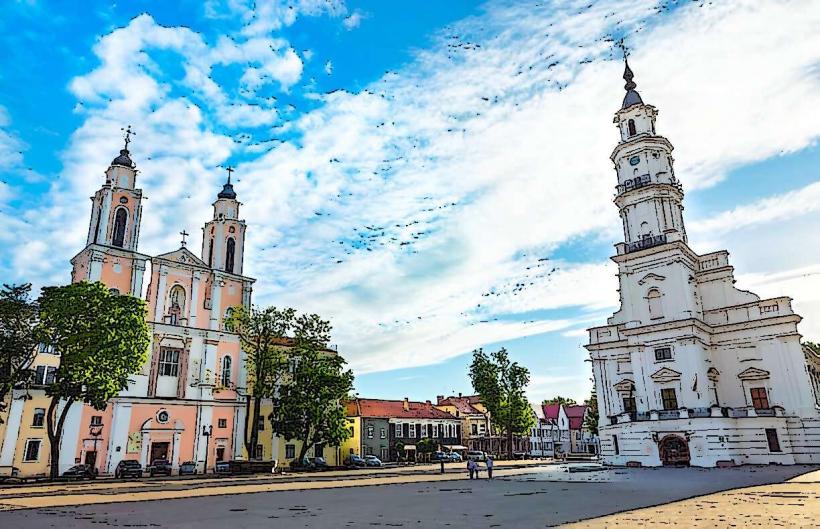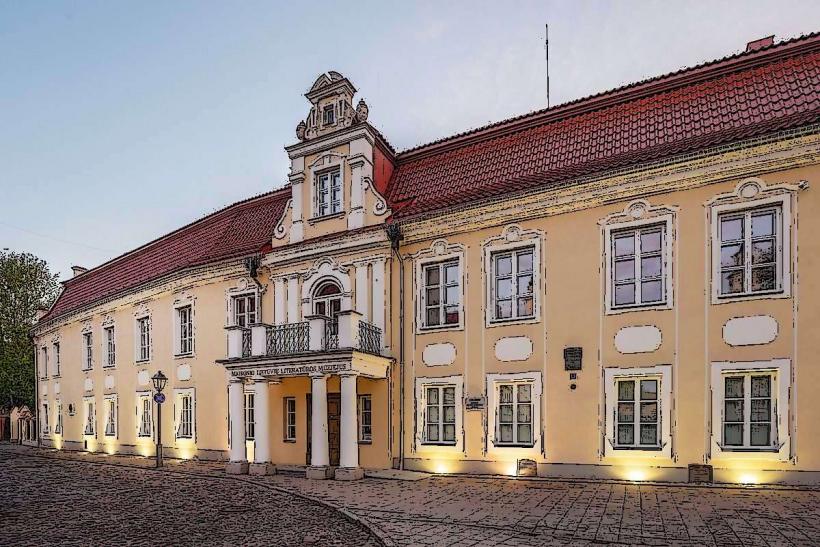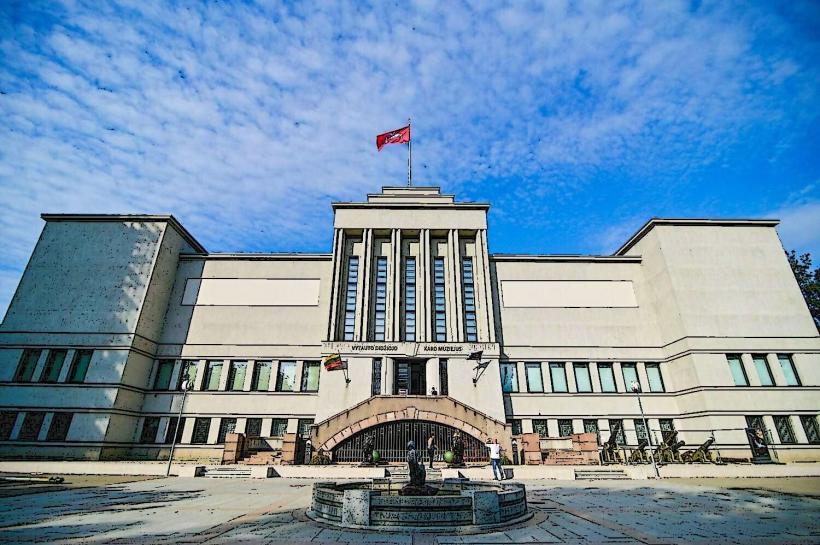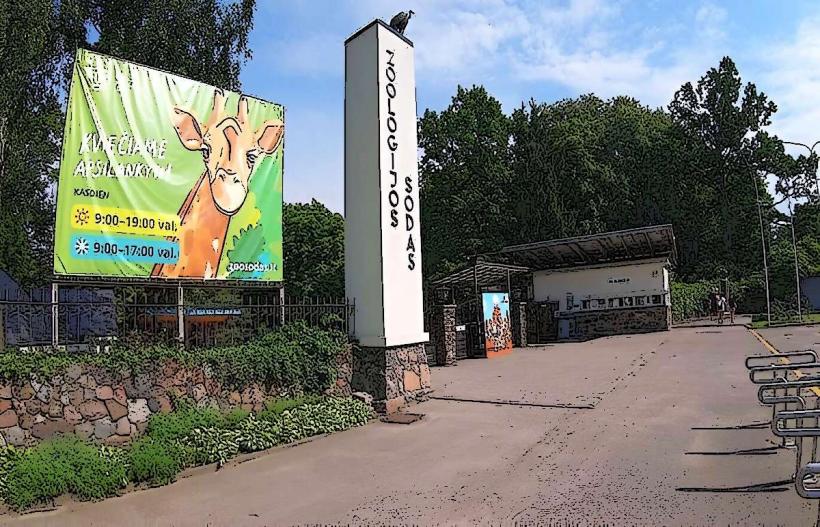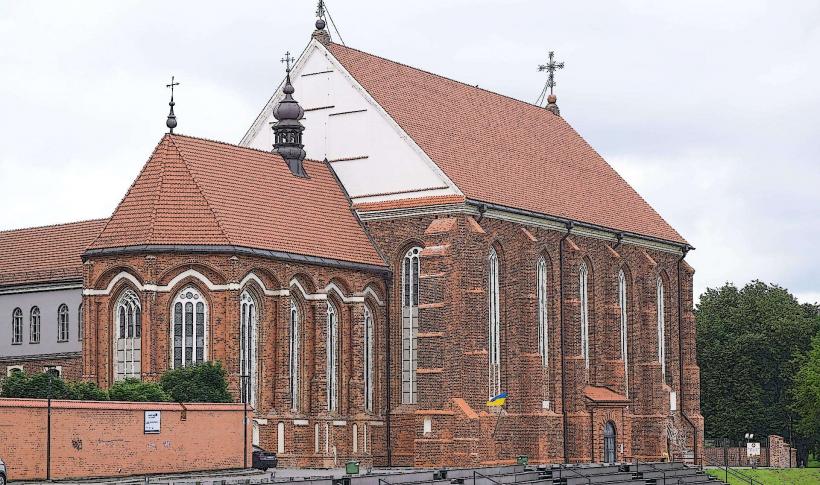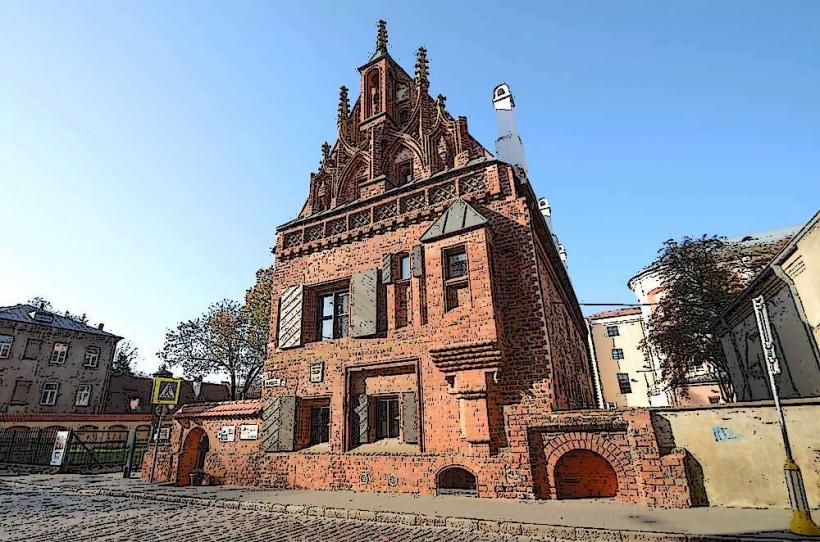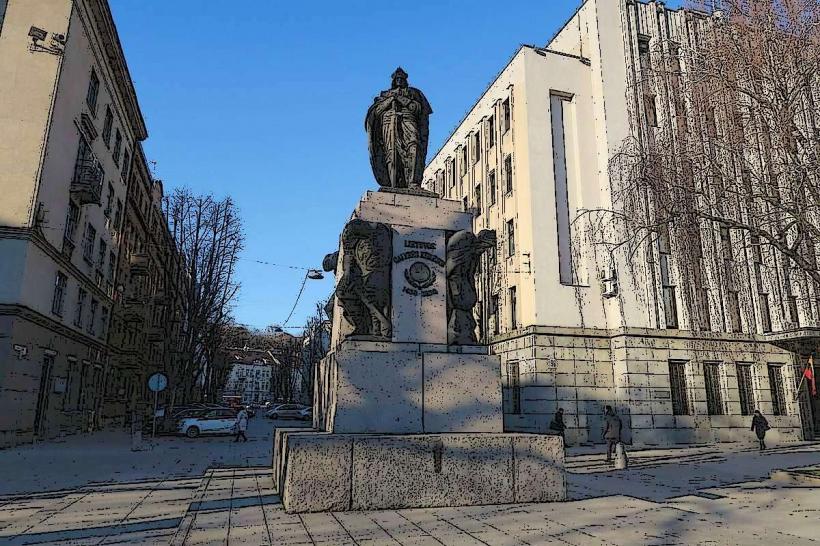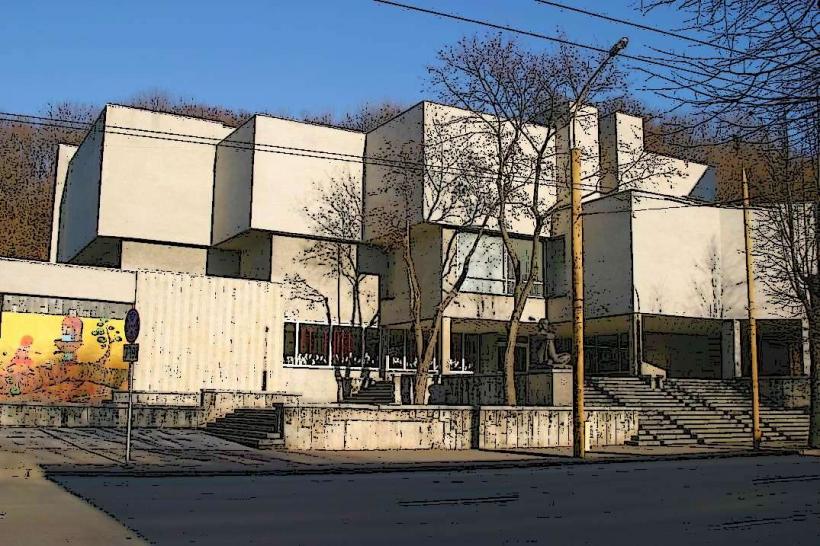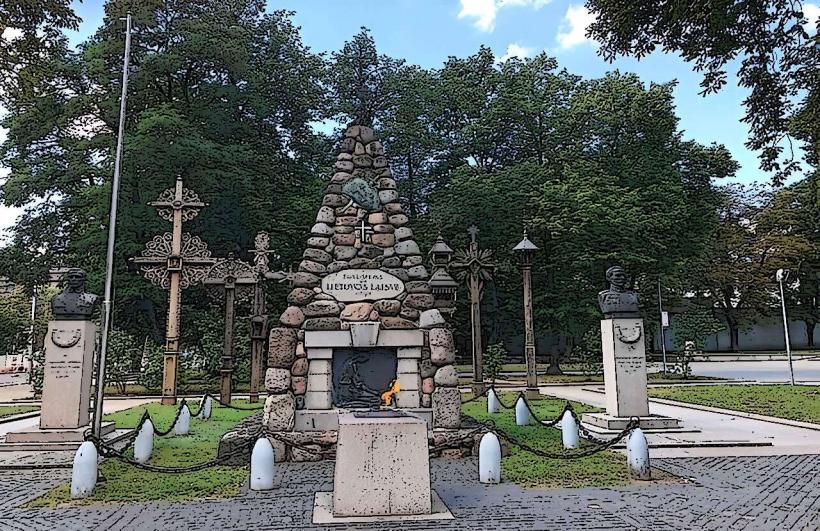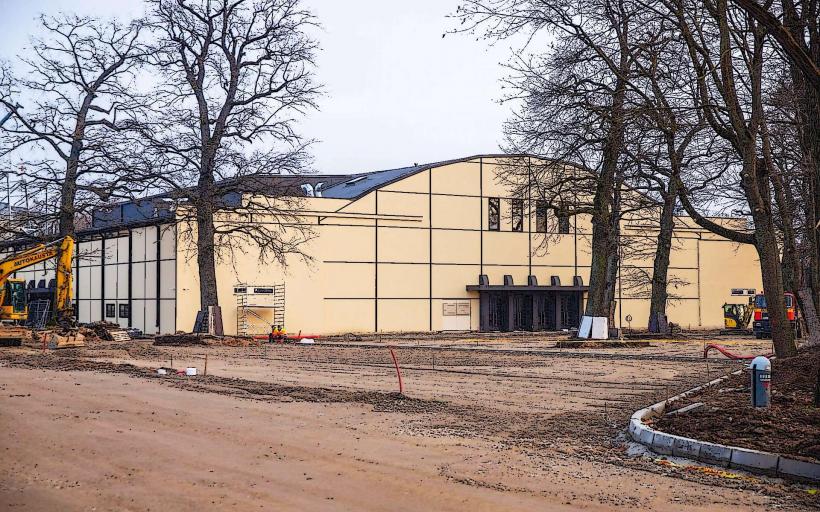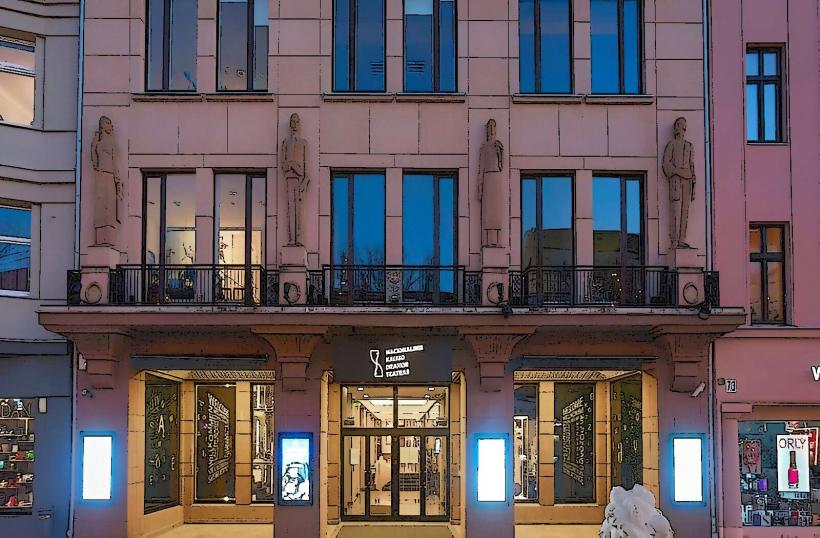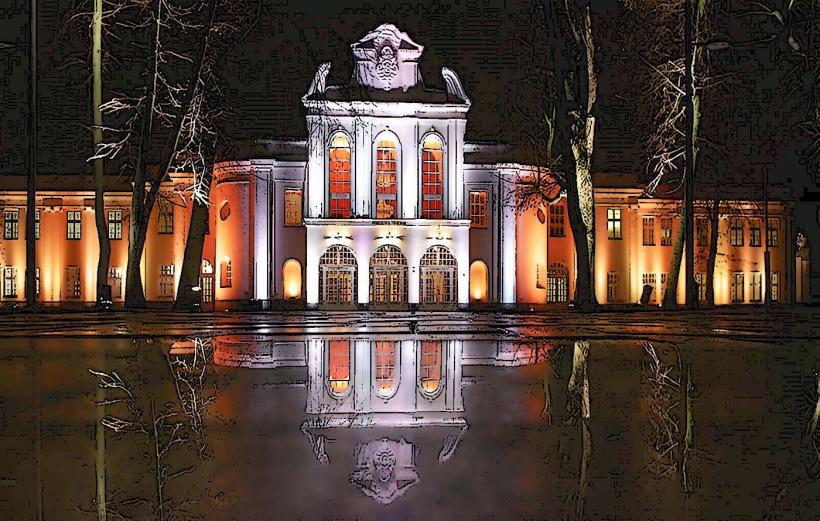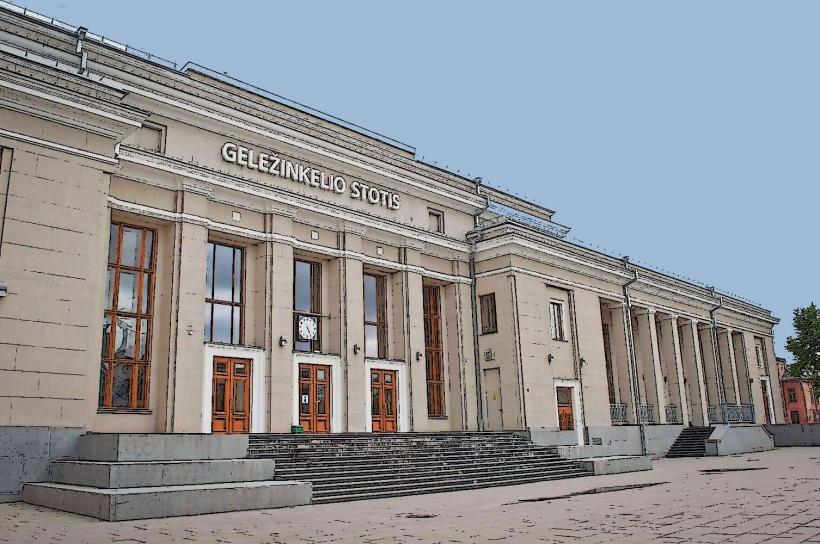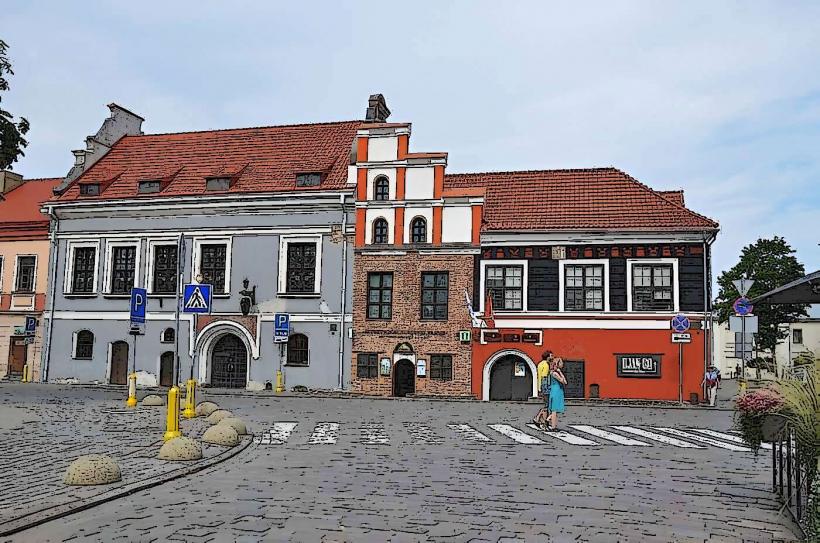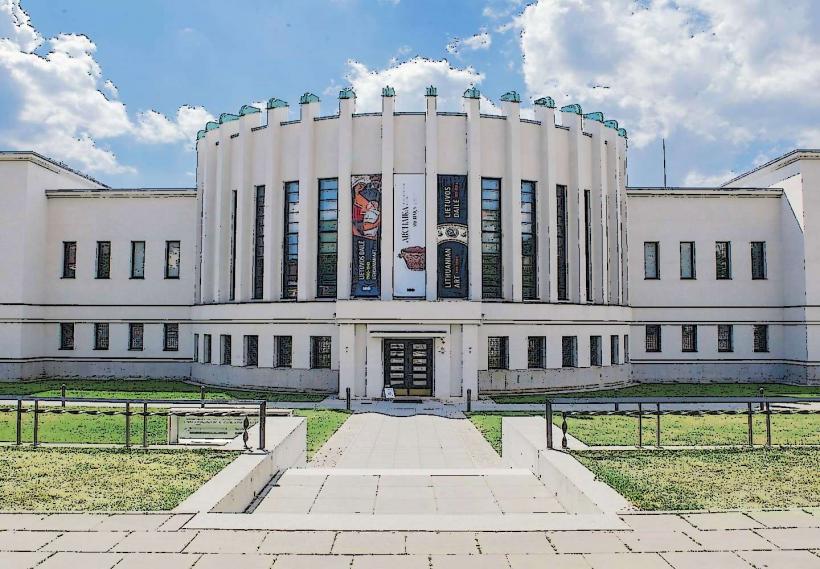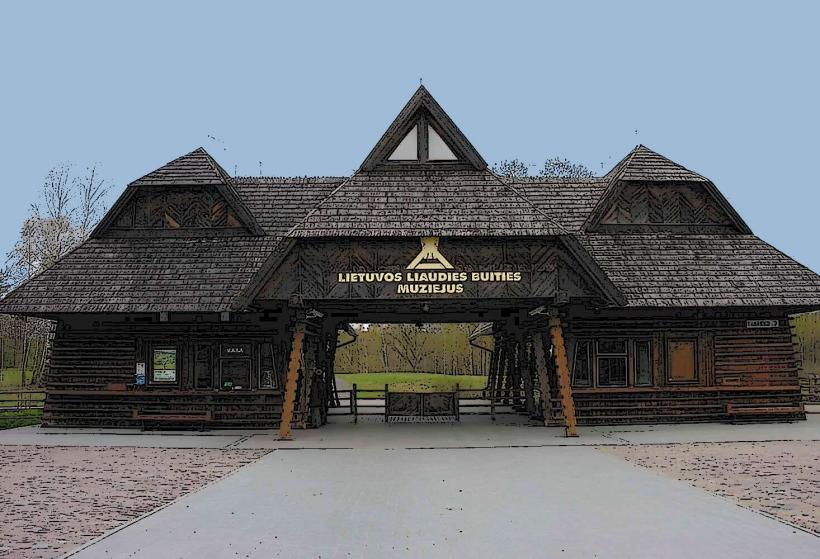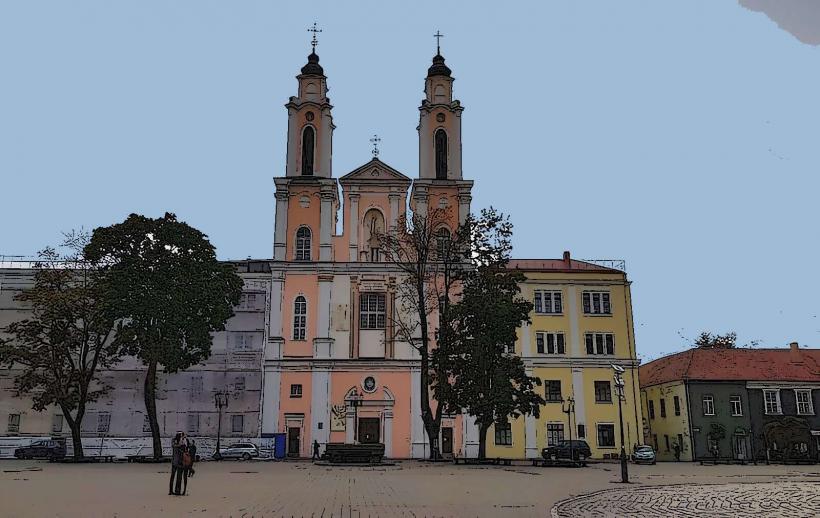Information
Landmark: Devil's MuseumCity: Kaunas
Country: Lithuania
Continent: Europe
The Devil’s Museum (Devil’s Museum / Velnių muziejus) in Kaunas, Lithuania, is a unique and intriguing cultural institution dedicated to the collection and exhibition of devil-related art, artifacts, and folklore. Located in the heart of Kaunas, this museum is one of the most distinctive attractions in the city and offers an engaging look at the figure of the devil in Lithuanian culture and beyond.
Overview and History:
Foundation: The Devil's Museum was founded in 1966 by the Lithuanian artist and collector Antanas Žmuidzinavičius, who began collecting objects and artifacts that depicted the devil in various forms. The museum was initially intended as a private collection but later grew into a public institution. It is located in a building in Kaunas’ Old Town, and the museum is often described as an eclectic and eccentric collection of artworks, sculptures, carvings, and objects related to the devil and demonic figures from across the world.
Curator and Collection: Antanas Žmuidzinavičius, the founder of the museum, was a prominent figure in Lithuanian culture and art. His interest in the devil stemmed from Lithuania's rich mythological traditions and the symbolic representations of good and evil in folklore. Over time, his collection grew significantly, eventually encompassing over 3,000 items related to the devil, demons, and similar mythological figures.
The collection features a wide range of items, including paintings, sculptures, carvings, masks, wooden figurines, ceramics, and other artifacts depicting the devil in various forms from different cultures and traditions.
The Collection:
The Devil's Museum is known for its diverse and sometimes provocative collection, which reflects the varied ways in which the devil has been portrayed across cultures. Some of the key aspects of the collection include:
Lithuanian Folk Art: The museum features many Lithuanian folk art pieces depicting the devil, often reflecting the traditional beliefs and superstitions held by rural communities. In Lithuanian mythology, the devil, known as Velnias, is often portrayed as a trickster figure, sometimes mischievous and other times malevolent. The collection includes wooden carvings, stone sculptures, and paintings that portray Velnias in different contexts, including as a tempter, a bringer of misfortune, or even as a figure of comic relief.
Devils in European and Global Cultures: The museum’s collection also includes items from other European traditions and world cultures, featuring demonic figures from Christian iconography, ancient cultures, and world folklore. For example, visitors can see devilish representations from ancient Greece, Rome, Africa, and even Asia. These objects range from statues of the devil as an angelic fallen figure to demonic masks used in rituals.
Devil in Art and Literature: Several works of art in the museum explore the devil’s role in literature, religion, and philosophy. The devil has long been a subject of literature, especially in the Christian tradition (e.g., the devil’s role in Paradise Lost by John Milton). In Lithuania, the devil has been a part of traditional storytelling, theater, and local legends, and the museum’s collection of paintings and illustrations captures these narratives. Some exhibits explore Devil’s role in literature, especially in relation to 19th-century writers, and historical references to the devil in European art.
Devil and Christianity: The Christian concept of the devil is heavily represented in the museum, with items depicting the devil as a fallen angel, a force of evil, or as a tempter. These include religious paintings, sculptures of the devil and demonic figures, and iconographic items that showcase the Christian portrayal of the devil in the context of biblical narratives and theological teachings.
Devilish Humor: Some exhibits in the museum focus on the humorous side of the devil, showcasing satirical or comic depictions of the devil in various forms of folk art, carvings, and modern art. This reflects the devil's role in various cultures as a figure of both fear and laughter, representing an inevitable force of chaos and disorder.
Themes and Exhibitions:
Devil as a Trickster: Many of the exhibits explore the devil as a trickster or deceiver, which is a common theme in many folk traditions. The devil, in these stories, often tricks humans into making poor decisions, betraying others, or falling into temptation. Visitors can see many examples of this aspect of the devil in wooden masks, carvings, and theater props that tell stories from Lithuanian folklore.
Superstition and Folklore: The museum also highlights the role of the devil in Lithuanian superstitions and folk beliefs, where the devil is often seen as a force responsible for misfortune, illness, or bad luck. Objects used in traditional rituals or exorcisms may also be part of the collection, showcasing how people have historically dealt with the idea of evil forces.
Spiritual and Ritualistic Objects: In addition to artistic depictions of the devil, the museum also features ritualistic objects connected to spiritual practices, such as talismans and charms used to ward off evil spirits or prevent the devil from influencing people's lives.
Educational and Cultural Importance:
Cultural Significance: The Devil’s Museum is not just an art gallery; it is a cultural institution that plays a key role in preserving and presenting the rich folklore and mythological traditions of Lithuania. The devil, as a central figure in Lithuanian mythology, represents the duality of life—good and evil, creation and destruction—and serves as a lens through which visitors can explore the country’s historical beliefs and storytelling traditions.
Educational Programs and Events: The museum organizes educational programs, lectures, and workshops to engage the public in discussions about mythology, art, and cultural heritage. It also holds special exhibitions on related themes and hosts events to celebrate national holidays or international events such as Halloween.
Visitor Experience:
Atmosphere: The museum’s atmosphere is often described as intriguing and mysterious, as the vast collection of devil-themed objects creates an unusual and slightly eerie ambiance. The dark wood interiors, combined with the striking representations of the devil, set a dramatic tone, adding to the sense of entering a world where folklore and myth meet.
Special Events: Throughout the year, the museum hosts special exhibitions and events, such as devil-themed art shows, interactive folklore events, or festivals that allow visitors to learn about Lithuanian traditions and customs related to the devil.
Conclusion:
The Devil’s Museum in Kaunas is a fascinating and unique place for anyone interested in folklore, mythology, and cultural history. Through its extensive collection of devil-related art and artifacts, the museum offers an insightful exploration into the role of the devil in Lithuanian and global cultural traditions. Whether you’re curious about mythology, fascinated by folk art, or looking for a quirky and unusual museum experience, the Devil’s Museum is a must-visit for those in Kaunas.

